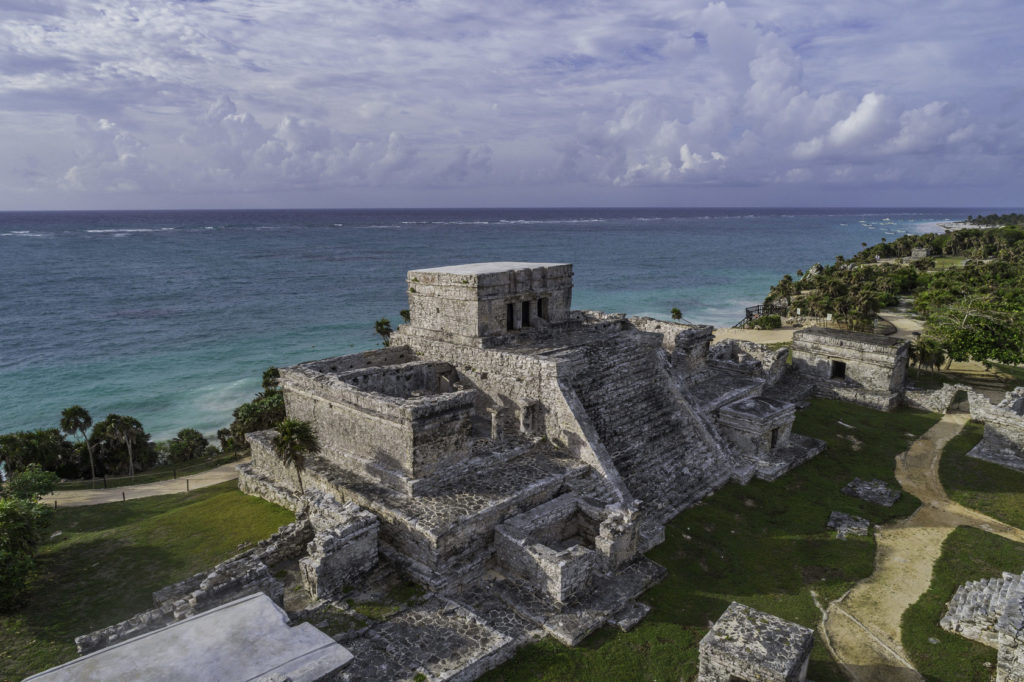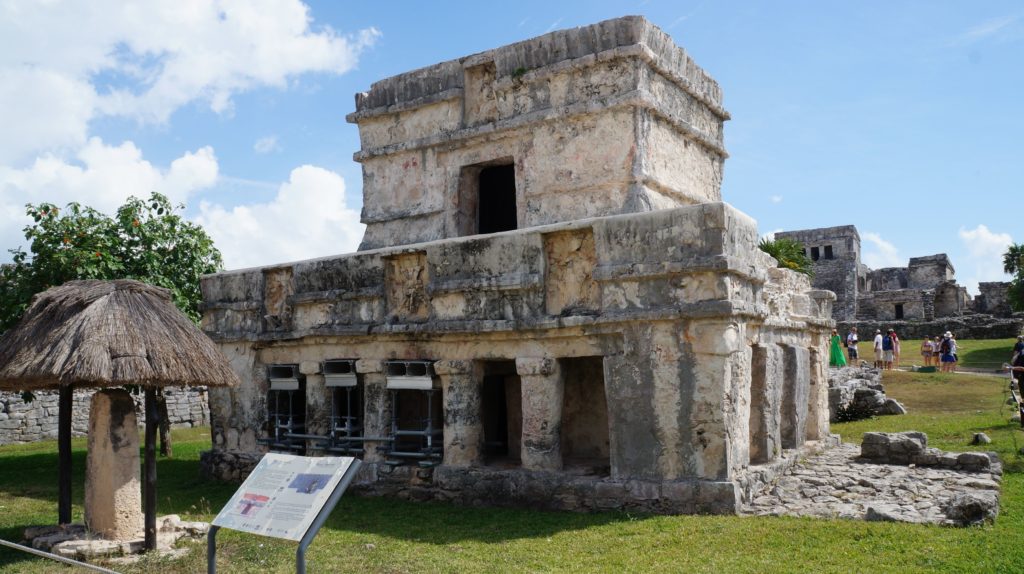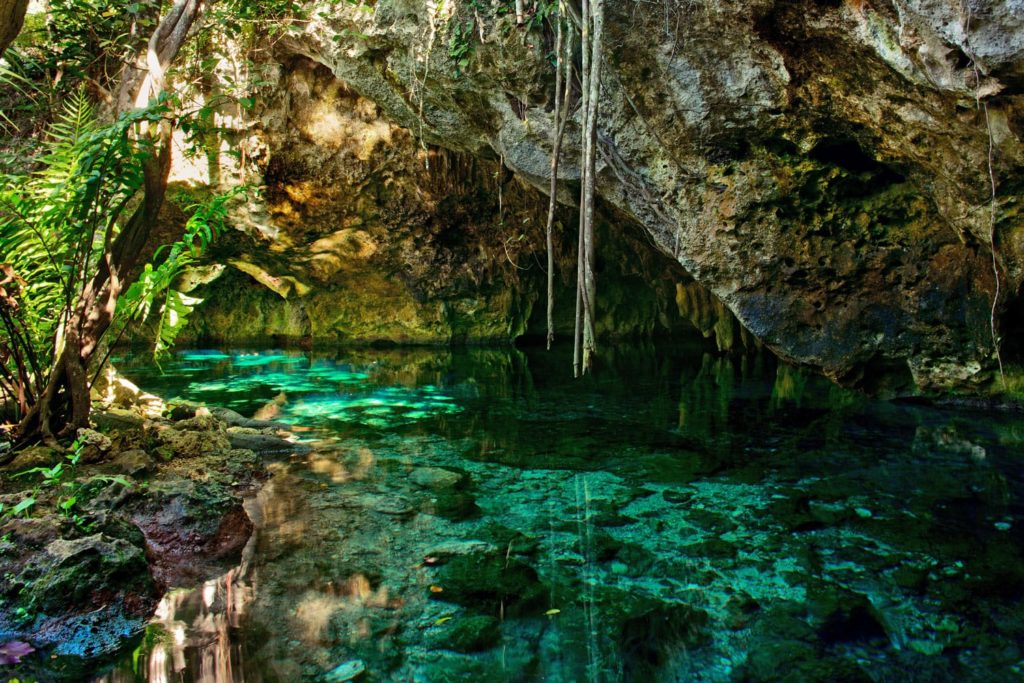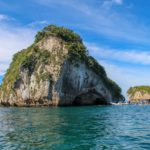Tulum: a walled city full of secrets
In Riviera Maya, many places reflect the ancestral culture and huge nature that you should see as soon as possible. Tulum, an area you should put on your bucket list, is an archaeological zone with some secrets: flora, fauna, gastronomy, history, cenotes, and handmade crafts.
Tulum has a spectacular view, since its beautiful jungle and the Caribbean Sea breeze frame every landscape of this place. These are 5 facts you should know before you visit the famous architecture of Tulum.
1. Pre-Hispanic construction
Most of its buildings are from the postclassic period of the Mayan culture, between the years 1200 and 1450. This was the most important time for this civilization since Tulum was a strategic city with a diversity of purposes such as maritime commerce, astronomical study, and religious ritual.
One of the most relevant buildings is El Castillo or The Castle, which has the function of a lighthouse since it guided boats through the coral reef, which is just in front of this area.

2. Astronomy
Tulum was an Astronomy school, the Temple of the Dios Descendente and the Temple Los Frescos had obsidian mirrors that reflect the sky. Some Aztecs and Zapotecs went to that place to learn everything about this science.

3. The sunrise
When this archaeological zone was discovered, it was named Zamá, which means “sunrise”. Due to the exact point where it was built, the sunrise every morning illuminates the zone on which is located. Later it changed its name to Tulum, which means “wall”, as its perfect quadrangular construction indicate the four cardinal directions.

4. Flora and fauna
In 1981, this archaeological zone was officially declared as Tulum National Park due to the diversity of flora and fauna that inhabits the surroundings. Also as part of the Cancún – Tulum corridor, it is a Natural Protected Area, because among its ren mangroves, chechén trees, and chit palm they give Tulum that unique greenness.
Similarly, the fauna that inhabits this place gives life to its biological wealth with species such as the spider monkey, iguana, armadillos, and sea turtles that nest on the beach between June and September.

5. Subterranean magic
Within this Protected Natural Area, there are also underground rivers and cenotes that, for the Mayan civilization, were of great importance for some traditional ceremonies. Today, in this region you can visit the most relevant natural sites such as the Cenote Dos Ojos, the Gran Cenote, and the Cenote Cristal.

Also, within the Riviera Maya, some stories and legends reflect its culture, but Tulum perfectly mixes Mayan architecture and natural diversity, you will find beautiful scenarios that will amaze you.




